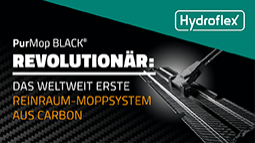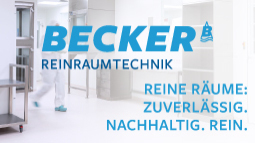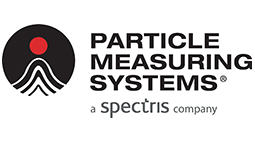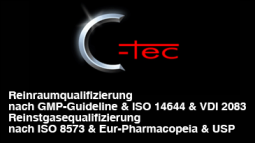Ventilation performance in a drying room
This project is the results of one simulation from a larger program of work commissioned by Glaxo SmithKline to study a proposed design upgrade for existing Drying Room facilities in the UK. This was the first time that the group had envisaged the use of such novel technology to challenge a new design before finally building and testing. Two factors were of particular importance. Firstly, that the actual engineers involved in the commissioning and operation of the facility readily understood the form of the results of these simulations. Secondly and most important, the costs were considerably less than the traditional alternatives. In normal use an operator works in the room processing the product. In this instance the operator is carrying a tray of ?product?. The ?product? has been dried in a vacuum tray drier and is being taken to a sieve. If the product is spilt at any time as the operator handles it, or gets into the air during sieving itself, it can cause potentially hazardous contamination. The product is only safe once it is finally sealed in the bag or keg.
This project enabled Glaxo SmithKline make some crucial design decisions optimizing the ventilation performance prior to the build and test phase. The approach has to take into account design constraints. In this particular case the building already existed, limiting the room height and access locations. FLOVENT simulation determined how well any airborne spillage is contained, allowing the designer and user to minimize the risk to the operator and maximize the safe working area within the budgetary constraints.
Flomerics Ltd. Niederlassung Deutschland
Torsten Jäschke, Dipl.-Ing.
This project enabled Glaxo SmithKline make some crucial design decisions optimizing the ventilation performance prior to the build and test phase. The approach has to take into account design constraints. In this particular case the building already existed, limiting the room height and access locations. FLOVENT simulation determined how well any airborne spillage is contained, allowing the designer and user to minimize the risk to the operator and maximize the safe working area within the budgetary constraints.
Flomerics Ltd. Niederlassung Deutschland
Torsten Jäschke, Dipl.-Ing.








